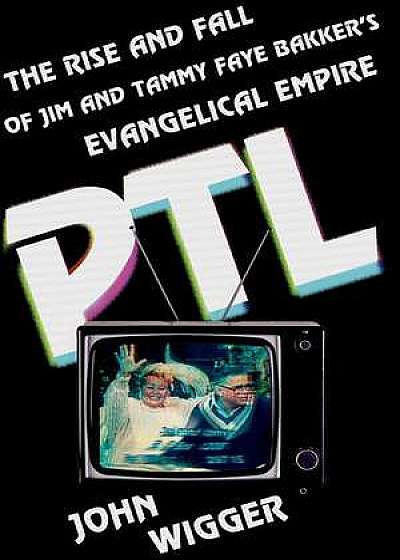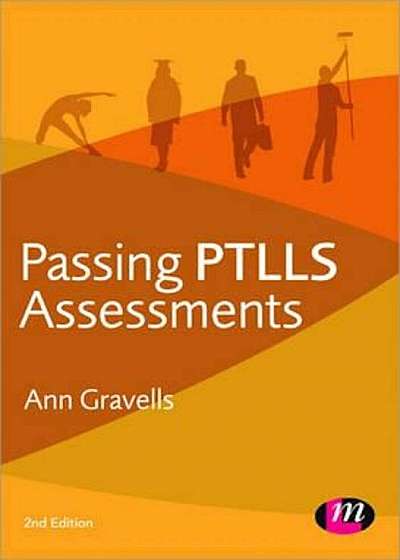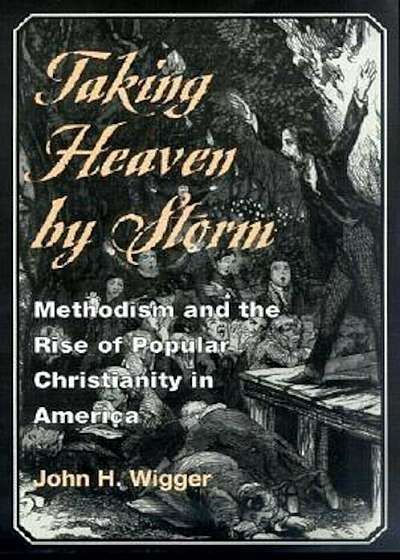
PTL
Descriere
In the early months of 1987 Jim and Tammy Faye Bakker had it all-a popular Christian talk show, produced on their own PTL satellite television network, a 2300-acre theme park visited by six million people, 2700 employees, and millions of adoring fans. By the end of that year the Bakkers would lose everything. Jim became embroiled in a sexual assault lawsuit, which resulted in his forced resignation as president of PTL. Two years later he was accused and eventuallyconvicted of fraud, landing him in jail for nearly five years. The Bakker empire had fallen, and to many its collapse was symbolic of the changes occurring in the wider culture, both evangelical and secular. Many who watched the trial of Jim Bakker viewed its circus-like atmosphere as the very essence of the 1980s culture of excess, and particularly the greed and hypocrisy of prominent televangelists. Others-those who were employed by the PTL, or whose lives were touched by the Bakker's-saw the organization as an inspiring, innovative, and sincere attempt to spread the word of God, and were not entirely disillusioned by its disbandment. This juxtaposition is illustrated in the very name of theorganization: to believers the acronym stood for Praise the Lord or People that Love, while critics said it stood for Pass the Loot or Pay the Lady (a reference Tammy Faye's outrageous makeup). Thus, in three letters, one finds the tensions that defined the time-the boundless optimism of evangelicalspaired with the equal and opposite skepticism of non-believers; America's newfound fanaticism for televised entertainment and the disdain for the lurid excesses of the rich and famous. On its surface, PTL is the spectacular story of the rise and fall of Jim and Tammy Faye Bakker from humble beginnings to wealth, fame, and eventual disgrace. John Wigger makes the case that this is also the story of a group of people who stood at the center of several major trends in American religion and culture during the 1970s and 1980s: the expansion of religion into television and entertainment, the extension of a faith mission model of the church, the rise and collapse of theprosperity gospel, the increasing power of religious celebrities, the mobilization of the laity, and the resurgence of evangelicalism in American life.


